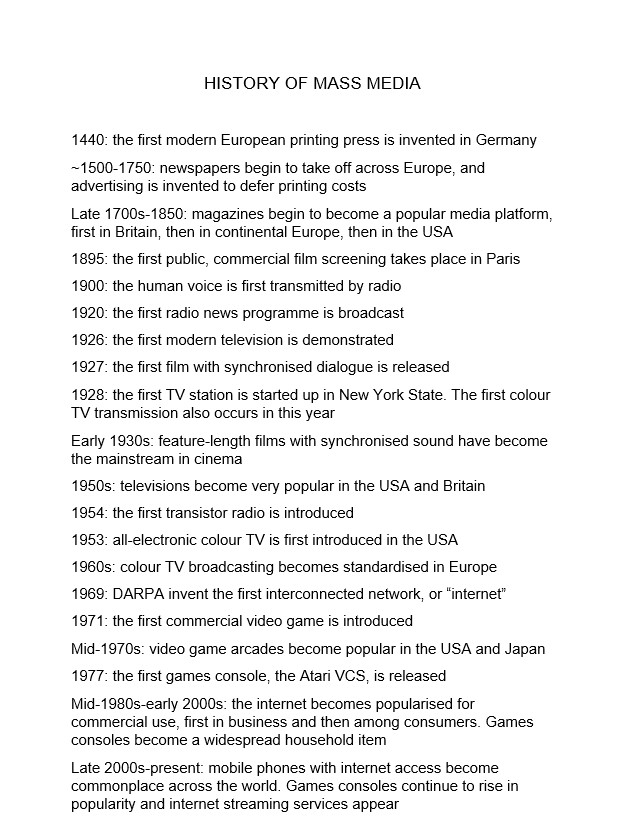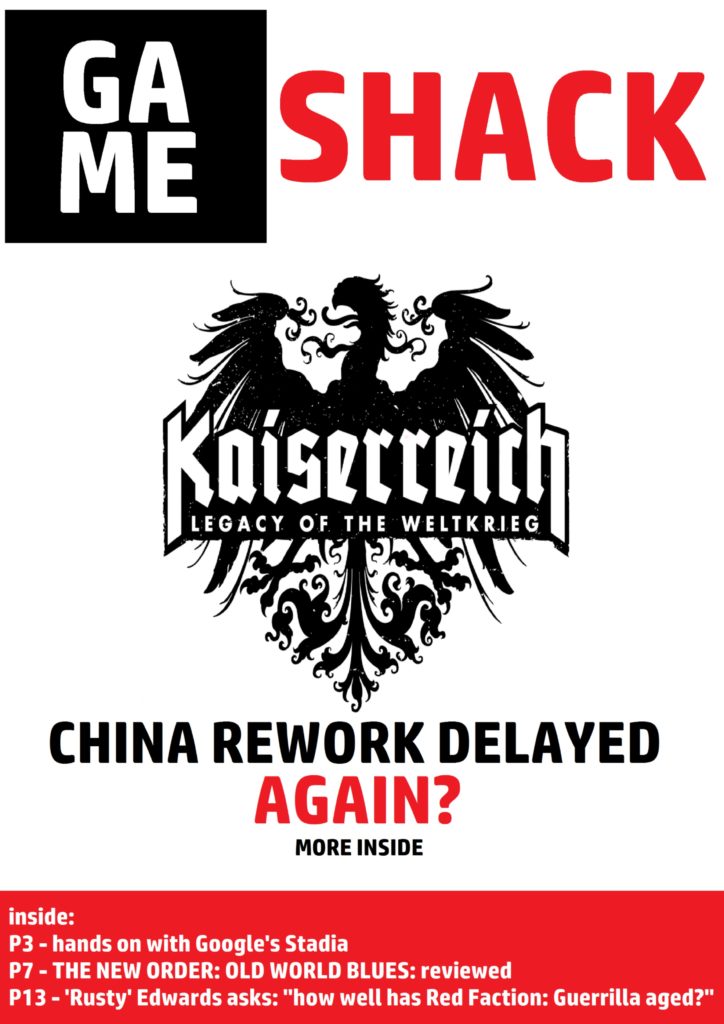- Roland Barthes – French literary theorist and social critic. Introduced the “denotation, connotation, myth” model.
- Charles Sanders Peirce – American philosopher. “Icon, index, symbol”. Introduced the term ‘semiotics’.
- Ferdinand de Saussure: Swiss linguist and semiotician. Saw language as a social-cultural reaction. Coined the term ‘seminology’.
- Semiotics: the study of signs and symbols, their use, how they are represented and what they represent.
- Sign: an object, quality, or event whose presence or occurrence indicates the probable presence or occurrence of something else.
- Signifier: a sign’s physical form (such as a sound, printed word, or image) as distinct from its meaning.
- Signified: the meaning expressed by a sign.
- An iconic sign – is which has a direct connection to its’ object e.g. it looks or sounds like the object.
- An indexical sign – is which has an indirect link to its’ object e.g. smells.
- A symbolic sign – is which has a random link based on a shared knowledge or an agreement, e.g. letters, shapes, colours, sound effects, facial expressions, hand gestures, clothing, hair styles.
- Code: a set of conventions or sub-codes currently in use to communicate meaning.
- Dominant Signifier: dominant meaning of a sign.
- Anchorage: directs the viewer to a given meaning.
- Ideology: a system of ideas and ideals, especially one which forms the basis of economic or political theory and policy.
- Paradigm: a typical example of something.
- Syntagm: a linguistic unit consisting of a set of linguistic forms (phonemes, words, or phrases) that are in a sequential relationship to one another.
- Signifcation: the process of making meaning.
- Denotation: the literal or primary meaning of a word, in contrast to the feelings or ideas that the word suggests.
- Connotation: an idea or feeling or meaning of the object.
- Myth: a social narrative that reinforces a given belief system.
- A radical text: a text that challenges the dominant ideology within a given society.
- A reactionary text: a text that supports the dominant ideology within a given society.
All posts by Gabriel C
Filters
alternative cover explanation

timeline

intro questions
What is media?
Media is a name for various means of visual or audio-based communication for imparting information to many people.
What is media studies?
Media studies is the study of mass communication in the digital age. The point of media studies is to be able to understand and interpret the mass media and other conduits for information in modern society.
What do you hope to develop in media studies?
In media studies I hope to develop a greater understanding of how mass media functions and how to successfully and convincingly analyse it.
summer task

In making my front cover, my main influence was the extremely popular gaming magazine “PC Gamer”, which uses a colour scheme of large white text upon red and black backgrounds for its title. I chose to somewhat invert this, using red text upon a white background and white upon a solid black one, leaving most of the rest of the cover’s unfilled space white to allow these bold colours to stand out. I chose these colours for their boldness – red, in particular, is a very common colour for magazine covers and suchlike, simply because it’s such a striking colour. Red upon white is especially striking, and so I chose to use very large and bold red-on-white text for the magazine’s title.
In the centre, I used only one image – the black-and-white logo of “Kaiserreich: Legacy of the Weltkreig”, a popular mod for the PC grand strategy game “Hearts of Iron IV”, with the text “CHINA REWORK DELAYED AGAIN?” written underneath it. Both the use of a single black image on a fully-white background and the use of block capitals in the cover’s headline are, again, striking, as is the use of white-on-red text at the bottom of the cover for three supplementary stories. Kaiserreich is a very well-made and popular mod for a very well-made and popular game, and so I chose it for my front cover because it’s something any self-respecting magazine would certainly concern themselves with. At the bottom, I included other common types of stories found in gaming magazines – thinkpieces, hands-on reviews of new technology, and reviews of the latest games or game modifications, all with page numbers.
